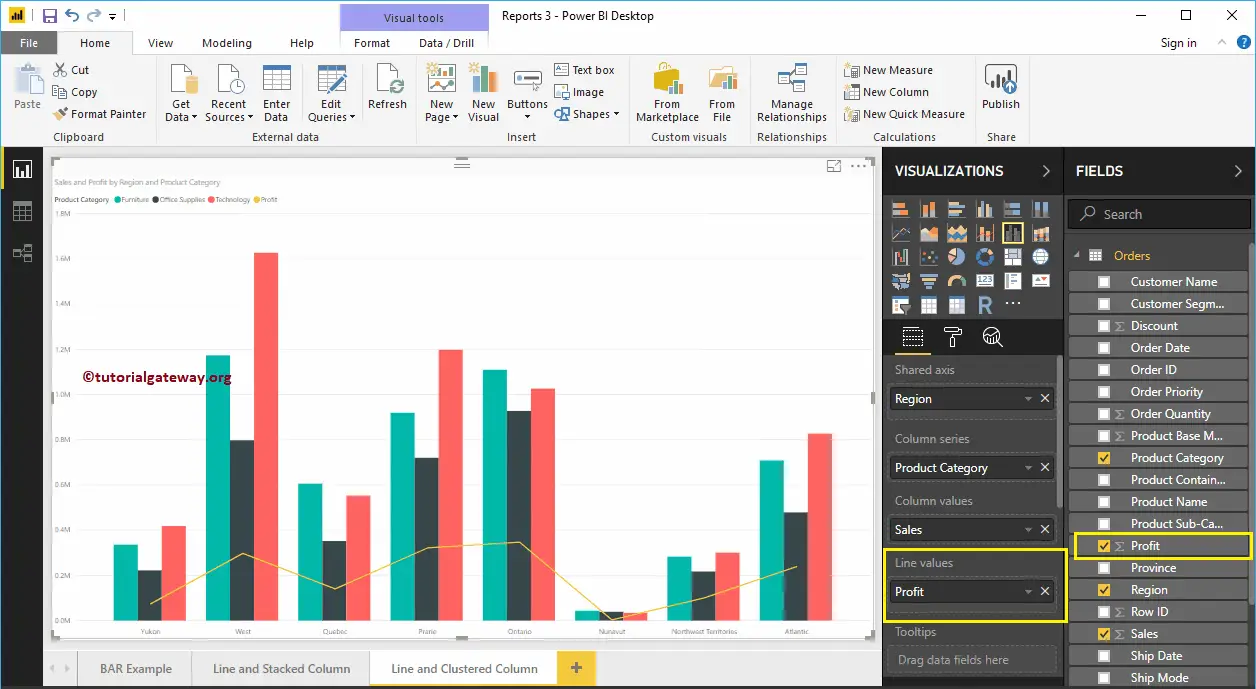
You can work through your tasks for the day in My Day and create any number of additional lists to organize your work, travel, shopping – you name it! To Get Started If you haven’t already figured it out, Microsoft To Do is a user-friendly simple way to create To Do lists that help you manage all your tasks in one place. So, whether you’re online, using the desktop version, or on your mobile device, you can view your tasks anywhere at any time. Since all your tasks are stored on Exchange Online servers, you can view them on any platform.

I decided to take a look at To Do and see if I could use it in my daily work life, and taking a quick glance, I found it to be user-friendly and very easy on the eyes than the old Lists in Outlook. I’ve added Tasks here and there on my desktop version of Outlook but that was the extent of it. Personally, I’ve never used the Tasks feature to its fullest potential. What does this mean to you? Nothing really, just a new name, from “Tasks” to “To Do.”
ADD COLUMNS TO OUTLOOK QUICK STEPS UPDATE
You, my friend, will be (or already are) a model of consistency, competence, and class (not to mention efficiency, effectiveness, and equilibrium).Microsoft is set to update Tasks in Outlook on the web at the end of October, with the full rollout be completed by December 2019. Take a look at Outlook MVP Dian Poremsky’s blog post that explains Quick Steps.Īre you not yet convinced that using Quick Steps is a must? Create them and use them and you’ll never lose a message, miss a meeting, or forget to follow up on anything ever again.Read about how you can automate common or repetitive tasks with Quick Steps.I’m always tweaking this gallery because I’m always undertaking new projects, working with new people, and well, I tend to get bored with the same-old thing and like to see how many actions I can cram into one mouse-click… I’d like to know how many actions YOU can cram into one mouse click (and you have to name each one). Then I added it to my Quick Access Toolbar, like I’ve done here: What I’ve done is create my own “Quick Steps gallery” of actions that I take most often. Start from scratch and create a Custom Quick Step.

Create a new one that starts you off with an action (see image to the left). Change an existing, pre-made Quick Step.

There are a few ways you can go about creating your own Quick Steps. But I’m getting ahead of myself.įirst off, there are some pre-made, self-explanatory Quick Steps such as Move to:, Team Email, and Reply & Delete.įor me, those are great starting places but I am all about customization my needs are different from your needs, yours are different from your grandma’s, and hers are different from her twin sister’s needs (love those techie grannies). I like to think of Quick Steps as rules that I apply when I want to (rather than setting something up in Rules that is usually applied automatically). Frankly, I like the control that Quick Steps allow me because I’m looking at each mail that comes in and, with one click, I can have it take any number of actions. Quick Steps, new in Outlook 2010, is a feature that applies multiple actions at once to an email message. Question: How many mouse clicks and keyboard finger tappings does it take to categorize an email message, move it to a folder, add a follow-up flag, reply to it, and create a meeting request about it?Īnswer: One, if you’re using a Quick Step.


 0 kommentar(er)
0 kommentar(er)
